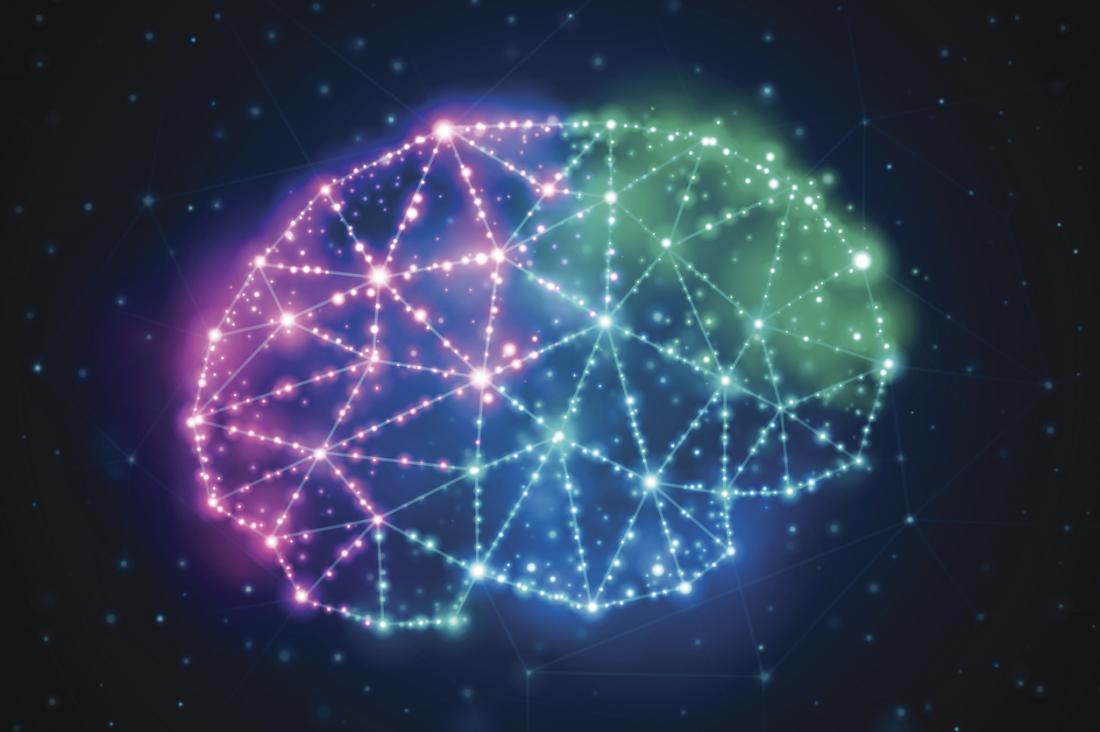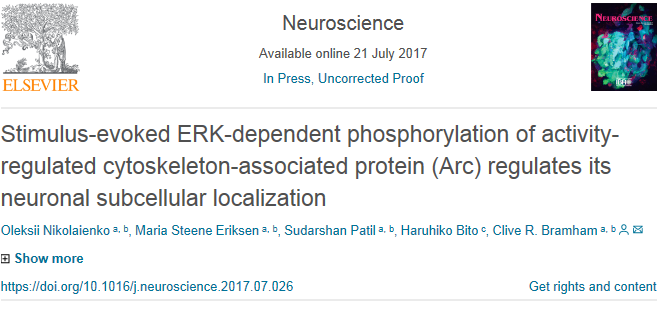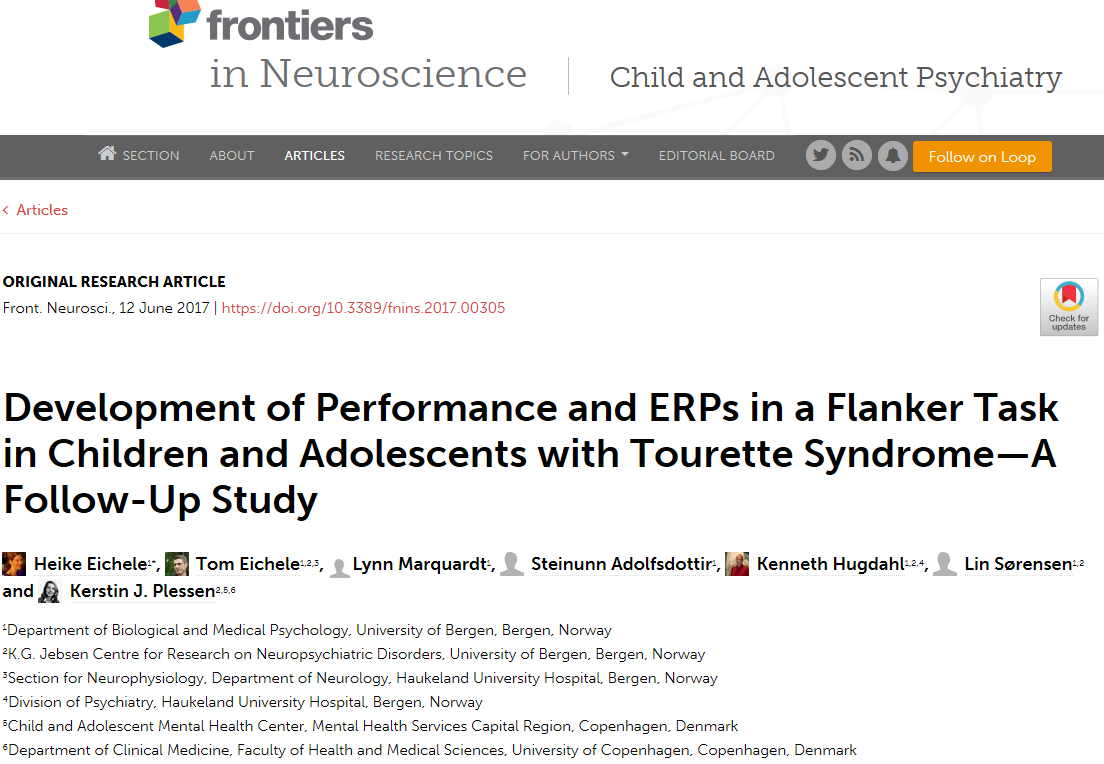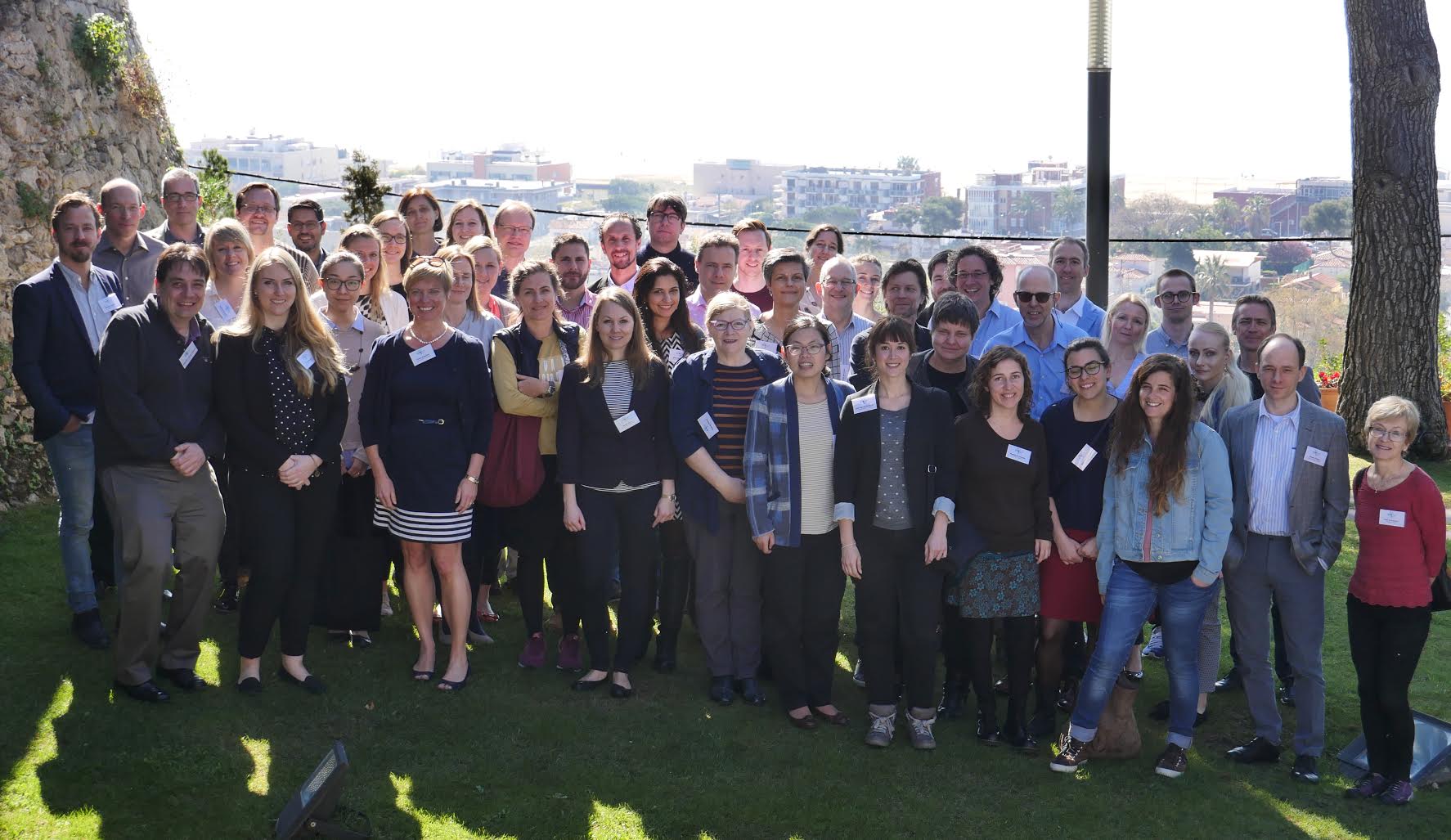Craig Myruma,1, Oleksii Nikolaienkoa,1, Clive R. Bramhama, Jan Haavika,b and Tetyana Zayatsa,∗
aK.G. Jebsen Centre for Neuropsychiatric Disorders, Department of Biomedicine, University of Bergen,Norway bDepartment of Psychiatry, Haukeland University Hospital, Bergen, Norway
Abstract
Background: Cognitive functions are highly heritable and polygenic, though the source of this genetic influence is unclear. On the neurobiological level, these functions rely on effective neuroplasticity, in which the activity-regulated cytoskeleton associated protein (ARC) plays an essential role.
Objectives: To examine whether the ARC gene complex may contribute to the genetic components of intellectual function given the crucial role of ARC in brain plasticity and memory formation.
Methods: The ARC complex was tested for association with intelligence (IQ) in children from the Avon Longitudinal Study of Parents and Children (ALSPAC, N = 5,165). As Alzheimer’s disease (AD) shares genetics with cognitive functioning, the association was followed up in an AD sample (17,008 cases, 37,154 controls).
Results: The ARC complex revealed association with verbal and total IQ (empirical p = 0.027 and 0.041, respectively) in the ALSPAC. The strongest single variant signal (rs2830077; empirical p = 0.018), within the APP gene, was confirmed in the AD sample (p = 2.76E-03). Functional analyses of this variant showed its preferential binding to the transcription factor CP2.
Discussion: This study implicates APP in childhood IQ. While follow-up studies are needed, this observation could help elucidate the etiology of disorders associated with cognitive dysfunction, such as AD.
Read the article in IOSPress: Journal of Alzheimer`s Diseas
This article is also featured in Medical News Today.








